New to F1? Learn about the fast-paced world of Formula 1, including insights into cars, teams, and what makes a race day special.
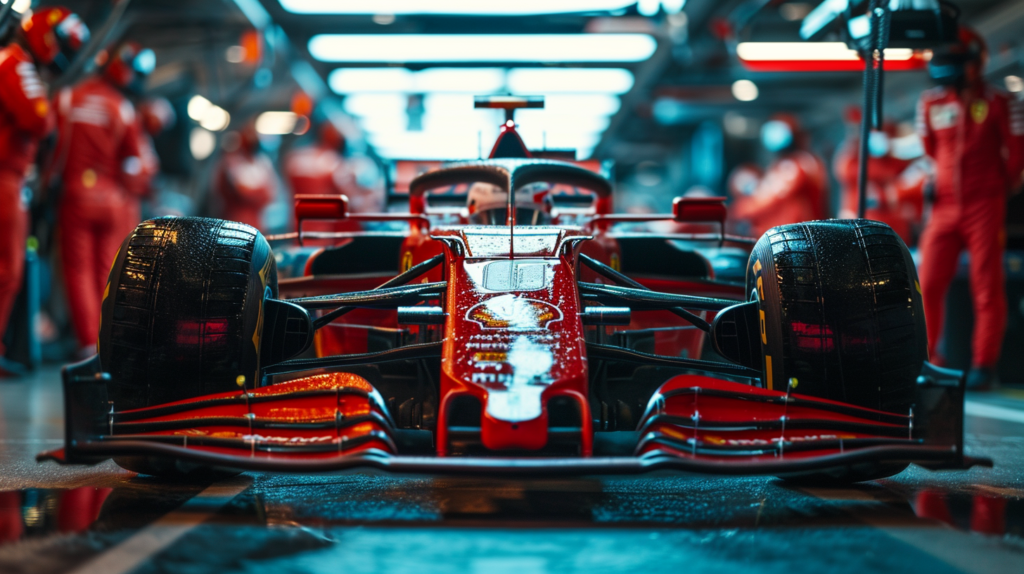
Imagine this: My daughter, previously indifferent to the adrenaline-fueled world of sports, suddenly finds herself captivated by the high-speed drama of Formula 1 racing. It’s as if she’s turned into an F1 professor overnight, schooling me on everything from the intricacies of pit stops to the fierce competition between drivers and teams. Over the Christmas Holidays we watched the Netflix series, “F1: Drive to Survive” from our hot tub. It’s fantastic to bond over her newfound passion, even if it means my hot tub now sounds more like the pit lane at Monaco than a quiet relaxing spa!
Ever felt like the world of Formula 1 racing was too intricate to get into? You’re not alone. The high-octane universe of F1 is dazzled with cutting-edge car tech, sharp turns, and blistering speeds that can leave new fans on the sidelines trying to catch up.
It’s a spectacle where precision meets adrenaline—but for a beginner, all those terms and rules might seem more twisted than a Monaco street circuit.
Let’s kick off with this: F1 isn’t just cars zooming around—it’s an apex of engineering marvels mastered by elite athletes under intense pressure. This sport has turned drivers like Ayrton Senna and Michael Schumacher into legends who danced at the razor’s edge between triumph and disaster.
Our guide zips through what you need to know—from understanding G-forces bending reality inside these carbon fiber beasts to deciphering the chess game played at 200 mph—and we do it in plain English because everyone should experience race day thrills without needing a degree in aerodynamics.
Ready for lights out? Let this be your pole position start into the mesmerizing world of F1!
What is Formula 1 Racing?
Formula 1 racing, often stylized as F1, is the pinnacle of motorsport, a high-octane blend of speed, strategy, and competition that captivates audiences worldwide. Think cutting-edge technology meets intense rivalries on some of the most challenging race tracks out there—this is where legends are made and history is written.
History of Formula 1
The history of Formula One (F1) racing, the pinnacle of motorsport, is as fascinating as it is complex. This prestigious racing series originated from the European Motor Racing Championships of the 1920s and 1930s, embodying a set of rules that all participants and vehicles must follow. The genesis of F1 can be traced back to the early days of auto racing, with roots deep in the pioneering road races of France in the 1890’s.
Interestingly, the term “grand prix” was first used to describe a race in 1901, specifically referring to the French Grand Prix at Le Mans. By the early 20th century, motor racing had evolved from simple village-to-village races to more sophisticated events. This evolution paved the way for the formation of the sport’s foundational elements.
The modern era of Formula One officially began in 1950, marked by the introduction of the Formula One World Championship. Since then, F1 has grown to become the world’s most prestigious motor racing competition, and arguably the most popular annual sporting series globally. F1 races, known for their high speed and technical precision, have consistently pushed the boundaries of automotive technology and driver skill.
Throughout its history, F1 has seen dramatic changes in technology, regulations, and competition formats. The sport has produced legendary drivers and iconic teams, each contributing to its rich and dynamic history. Formula One continues to evolve, adapting to new technologies and ever-changing global sporting landscapes, while maintaining its status as the ultimate test of man and machine in motorsports.
The F1 Car: Design, Technology, and Performance
Dive into the engineering marvels behind Formula 1 cars – where cutting-edge design meets peak technology to deliver astounding performance. These speed machines are not just about raw power; they’re a symphony of science in motion, racing at the edge of what’s possible.
Aerodynamics and lightweight materials
F1 cars are like fast-moving science projects. They use special shapes that cut through the air easily. This is called aerodynamics. The better the aerodynamics, the quicker and more stable the car is when racing around a track.
Engineers work hard to make sure these cars can stick to the road while going super fast.
They also make F1 cars from materials that don’t weigh much. This helps them speed up quickly and turn sharply without losing control. Using lightweight stuff like carbon fiber means teams can design cars that are not just fast, but also strong enough to protect drivers if they crash.
Hybrid engines and energy recovery systems
F1 cars are super advanced and use hybrid engines. These engines combine a traditional gasoline engine with an electric motor system. They make the car go fast and save energy too.
When drivers brake, the car takes some of that energy and stores it in a battery. Later, the driver can use that stored power to zoom ahead on the track.
This cool tech is like recycling energy that usually goes to waste. It’s part of what makes F1 cars so fast and exciting to watch! With this powerful combo, cars reach top speeds easily.
Now think about how they handle all that speed – yep, we’re talking G-forces next!
Top speeds and G-forces
Formula 1 cars push the limits with incredible speed. They zip around tracks at over 200 miles per hour! At these top speeds, drivers feel huge forces on their bodies. Imagine going that fast and turning a corner.
The G-force can be more than five times gravity. That’s like a rocket launch!
Drivers train hard to handle these forces without passing out. Their necks must be strong to keep their heads up during sharp turns. It takes a lot of skill to race at high speeds and stay in control—just another reason why F1 racing is so thrilling!
Need to Know terms:
- F1 – Formula 1, the highest class of international single-seater auto racing.
- DRS – Drag Reduction System, a device that reduces aerodynamic resistance to increase top speed and facilitate overtaking.
- Pit Stop – A stop in the pit lane for refueling, tire changes, repairs, mechanical adjustments, or a penalty.
- Qualifying – The session before the race where drivers compete for the fastest time to determine their starting position.
- Pole Position – The first starting position on the grid, awarded to the driver with the fastest time in qualifying.
- Grid – The starting arrangement of cars on the track in rows before the race begins.
- Chicane – A sequence of tight serpentine curves in a track, used to slow down cars.
- Understeer – When a car doesn’t turn as much as the driver intends, causing it to head towards the outside of a corner.
- Oversteer – When a car turns sharper than the driver intends, leading to a potential spin.
- Monocoque – A structural shell in the car’s chassis that integrates the cockpit and is a key component for driver safety.
- Parc Fermé – A secure area where cars are kept after qualifying and races, where no team modifications are allowed.
- Marbles – Small pieces of rubber that accumulate off the racing line, making the surface slippery.
- ERS – Energy Recovery System, which recovers energy from the brakes and exhaust to provide a power boost.
- Downforce – The aerodynamic force that pushes the car down onto the track, improving traction.
- Slicks – Racing tires without tread, used in dry conditions for maximum grip.
- Wets – Tires with deep treads, designed for wet conditions.
- Safety Car – A car used to lead the race field at reduced speed during a caution period.
- Out Lap – The first lap out of the pits during practice, qualifying, or after a pit stop.
- Fastest Lap – The quickest lap time achieved by a driver during a race.
- Backmarker – A slower car, usually lapped by the race leaders.
The Role of Drivers and Teams
In the high-octane world of Formula 1, drivers are more than just athletes—they’re the maestros of advanced machinery, mastering every twist and turn with razor-sharp precision.
Behind them stands a symphony of engineers, strategists, and support staff; each team functions like a well-oiled machine where victory hinges on seamless collaboration and split-second decisions.
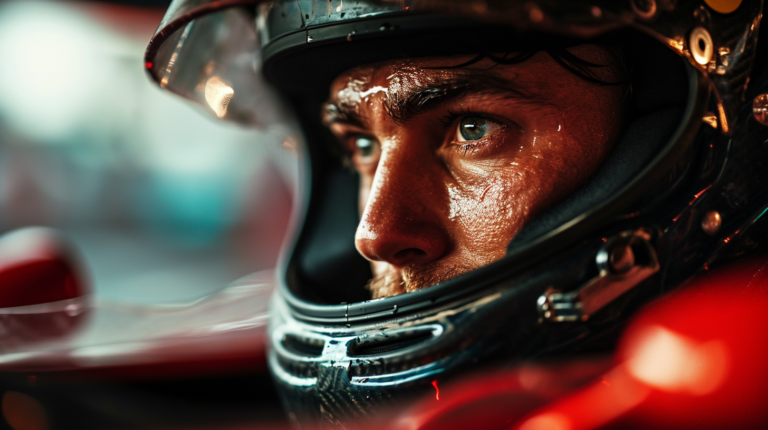
Driver skills and physical demands
F1 drivers are not just good at driving; they are super fit like top athletes. They must have quick reflexes to make fast turns and decisions. These drivers train hard to handle the car at high speeds, and their bodies must deal with strong forces that push and pull during a race.
Driving an F1 car is tough on the body. Drivers need a lot of strength, especially in their necks, because the cars go so fast. The cockpit is also very small and gets hot, so they sweat a lot and can lose weight during a race.
Their job is really demanding but also very important for winning races.
Team strategy and coordination
Teams in Formula 1 are like a family that works together to win races. Each person has a job to do, from the engineers who design the car to the mechanics who fix it during pit stops.
They all talk and plan how to make the fastest car and choose the best way for their drivers to race.
On race day, teamwork is key. The team boss watches everything and decides when the driver should come in for new tires or fuel. Everyone must do their job fast during pit stops so their driver can get back on track without losing time.
Good coordination can help a team win against others with quick thinking and smooth moves.
Basic Rules and Objectives of an F1 Race
As the roar of engines signals the start of a heart-pumping F1 race, understand that there’s more to this high-speed spectacle than meets the eye.
Beyond sheer velocity lies a meticulous set of rules and objectives—each qualifying session, pit stop, and daring overtake choreographed under the watchful eyes of the FIA to ensure not just competition, but precision and safety on every turn of the track.
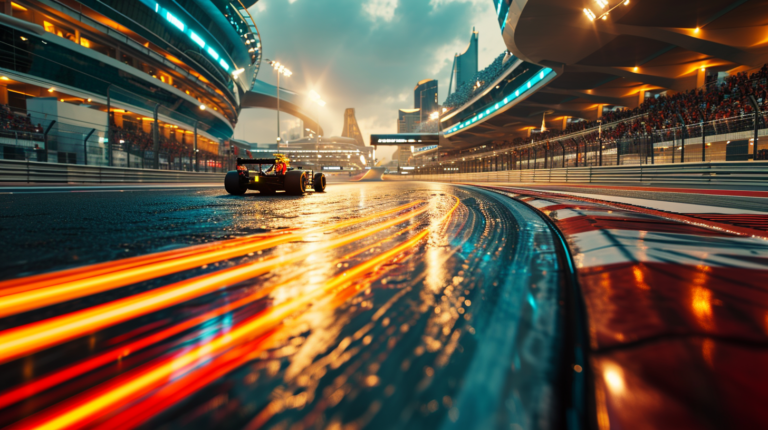
Qualifying rounds and race format
Formula 1 races start with exciting qualifying rounds. These decide where drivers line up on the race day.
- On the first day of a Formula 1 weekend, there are two practice sessions. These let drivers learn the track and get their cars set up just right.
- The next day, one more practice happens before the qualifying session. This is the last chance to fine-tune cars for speed.
- Qualifying is split into three parts called Q1, Q2, and Q3. Each part determines who gets to race near the front.
- In Q1, all drivers have 18 minutes to set fast laps. The slowest five cars drop out and fill positions 16-20 on the grid.
- Q2 lasts 15 minutes. Drivers try again, but now with fewer cars on track. The slowest five from this round take spots 11-15.
- The final part, Q3, is a shootout with the top ten fastest cars from Q2. They have 12 minutes to claim pole position – starting in front.
- Getting pole position is important. It means you’re at the head of the starting line – up and can possibly lead right away when racing begins.
- Race day comes next. Cars line up based on their qualifying times in what’s called a ‘starting grid’.
- At the start signal, usually lights going out, all cars rush forward aiming for that first corner and racing positions.
- Races range from around 190 miles (305 kilometers) to no longer than two hours plus one lap to finish.
Pit Stops
Mandatory Pit Stops: In every race, at least one pit stop is compulsory. This rule ensures drivers use at least two different tire compounds during a race, adding to the strategic diversity of the sporty.
Pit Stop Duration: There is no maximum time limit for a pit stop. Teams strive to complete pit stops as quickly as possible to minimize the time lost.
However, certain actions in the pit stop, like the time between wheel guns being applied and released, cannot happen quicker than a specific duration (e.g., 0.15 seconds) to ensure safety and fairness.
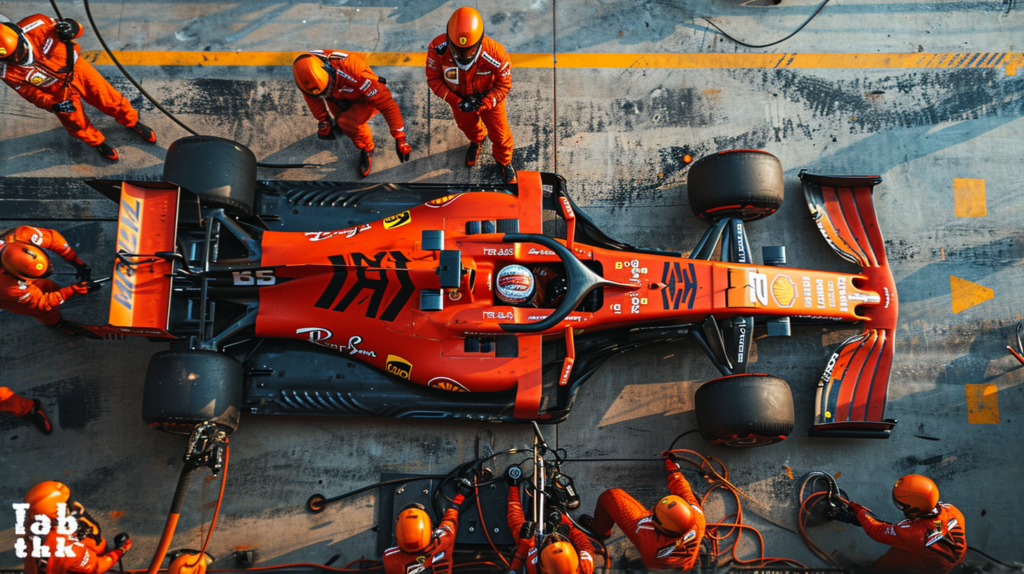
No Reversing in Pit Lane: Drivers are not allowed to reverse in the pit lane using their car’s power. This rule is in place for safety reason.
Refueling: Modern F1 regulations have evolved over time. For instance, in-race refueling was allowed from 1994 but was later discontinued. Currently, refueling during the race is not permitted, and cars must start with enough fuel to complete the race.
Overtaking or Passing
Track Limits: Drivers must adhere to track limits during an overtaking maneuver. This means they must keep their car within the defined boundaries of the track, failing which they could face penalties, including time penalties or disqualification.
No Overtaking on Formation Lap: Overtaking is strictly forbidden on the formation lap, as the race has not officially started yet. However, there are exceptions, such as if a car gets away slowly and others need to pass to take their correct grid position.
Overtaking Capability: The car being overtaken must be able to make the corner while remaining within the track limits. This rule is essential to ensure that the overtaking maneuver is feasible and safe.
Respecting Space: If two cars have any part alongside each other, each driver must respect the space occupied by the other car, regardless of who is ahead. This rule is crucial to prevent collisions and ensure fair racing.
Definition of ‘Alongside’: For a car to be considered as overtaking, its front axle/tyre must be aligned with the rear axle/tyre of the car being overtaken. This definition helps determine when a car has legitimately gained a position. (they spell “tire’ with a “y”)
Points system and championship standings
Understanding the points system and championship standings is key to grasping the competitive nature of Formula 1 racing. In F1, drivers and teams earn points based on their finishing positions in each race, which contribute to the overall championship standings throughout the season.
Here’s an outline of the points distribution for a typical Formula 1 race:
Finish Position | Driver’s Points | Constructor’s Points |
1st | 25 | 25 |
2nd | 18 | 18 |
3rd | 15 | 15 |
4th | 12 | 12 |
5th | 10 | 10 |
6th | 8 | 8 |
7th | 6 | 6 |
8th | 4 | 4 |
9th | 2 | 2 |
10th | 1 | 1 |
11th and below | 0 | 0 |
Fastest Lap* | 1 | 1 |
*Note: The fastest lap point is awarded only if the driver finishes within the top 10.
These points are pivotal; they determine championship rankings and can make or break a team’s season. Drivers compete not only for individual glory but also to collect valuable points for their teams. By the season’s end, the driver and the constructor with the most points are crowned World Champions.
Race outcomes affect standings, making every Grand Prix a high-stakes event. A win can catapult a driver up the leaderboard, while a retirement with no points can significantly hinder progress. Fans keep an eye on these numbers, which add a strategic layer to watching races. Every point counts, and the fight for the championship often comes down to the wire, enhancing the sport’s global following and excitement.
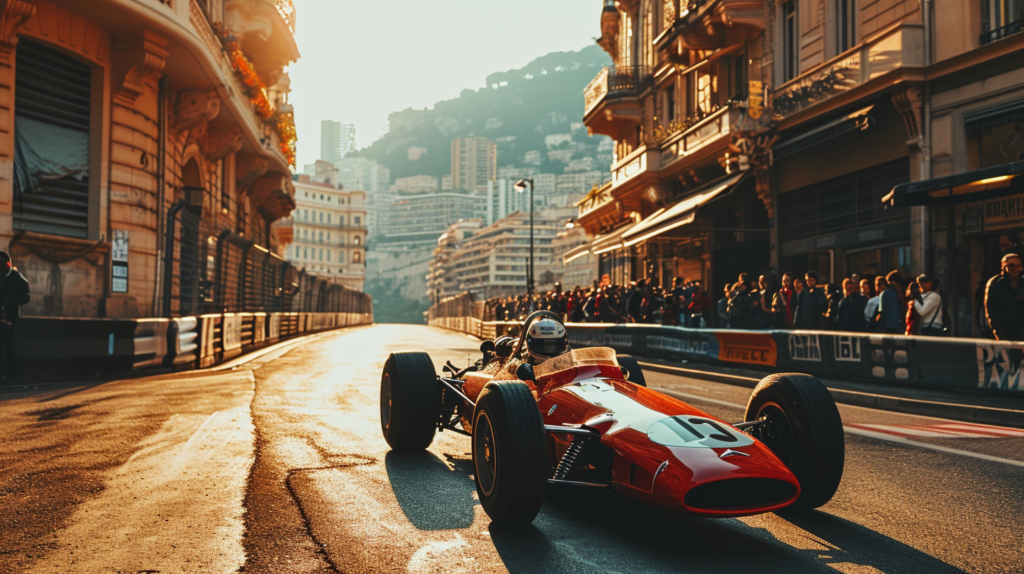
Iconic F1 Circuits
The world of Formula 1 isn’t just about the cars and the drivers—it’s also about the legendary tracks that have become temples of speed and skill. Each circuit weaves its own unique narrative, with storied curves and straights where history has been made time and again.
Monaco Grand Prix
The Monaco Grand Prix is a big deal in F1 racing. Cars zoom through narrow streets, by fancy boats, and under shiny buildings. It’s like a giant maze made just for these super-fast cars.
This race has tight turns and not much room to pass other drivers. That makes it hard but also very exciting to watch.
Drivers need top skills to do well in Monaco because one small mistake can mean they hit the wall and their race is over! Fans love this place because it feels close-up and personal, with all the action right there in front of them.
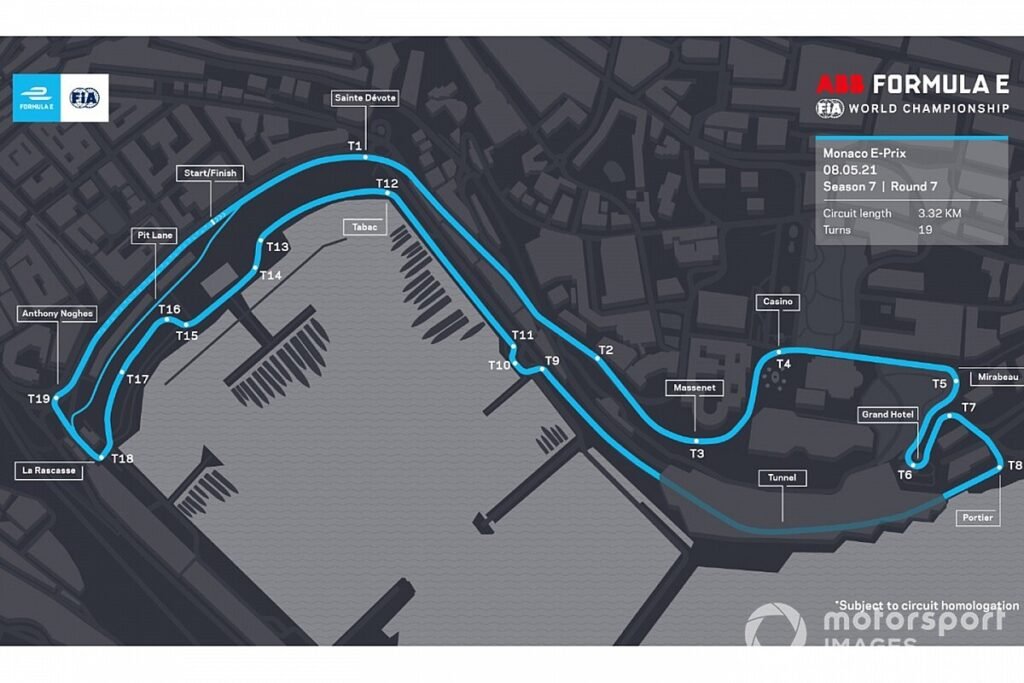
Silverstone Circuit
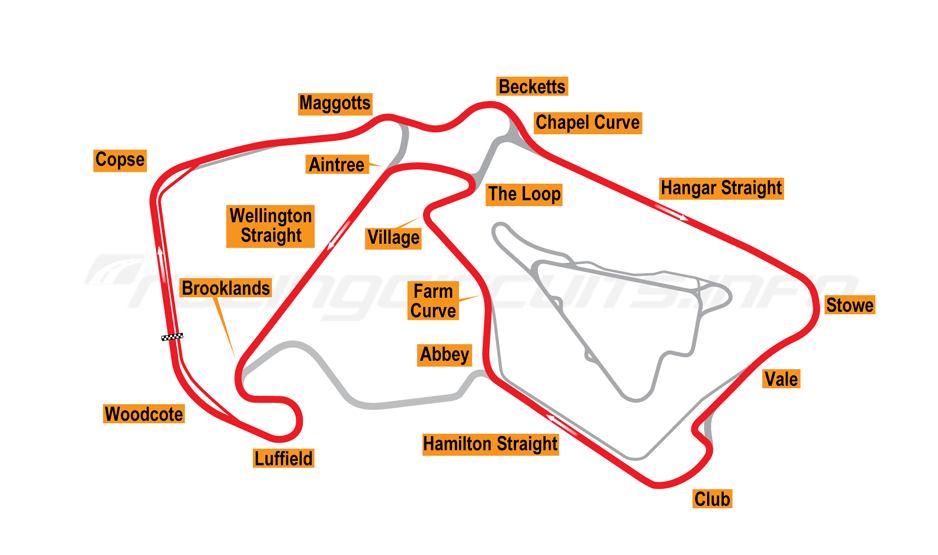
Silverstone Circuit is a famous track in the world of Formula 1 racing. It’s where the very first Formula 1 World Championship race happened back in 1950. Fans love it for its fast corners and long straights that make races exciting.
Drivers have to be sharp and quick to win here.
This track has seen some amazing moments, like intense battles between top drivers and surprising wins. Every year, fans gather at Silverstone for the British Grand Prix, one of the sport’s most beloved events.
Autodromo Nazionale Monza
Leaving the charm of Silverstone behind, let’s zoom into another classic – the Autodromo Nazionale Monza. This racing track in Italy is known as the “Temple of Speed.” It’s one of the oldest tracks in Formula 1 and has hosted a Grand Prix almost every year since the series began.
Its long straights and fast corners challenge both car and driver to push their limits.
Monza is famous for its high-speed races where formula one cars fly down the track at thrilling speeds. The crowd here is passionate, creating an electric atmosphere that adds to the excitement of motor racing.
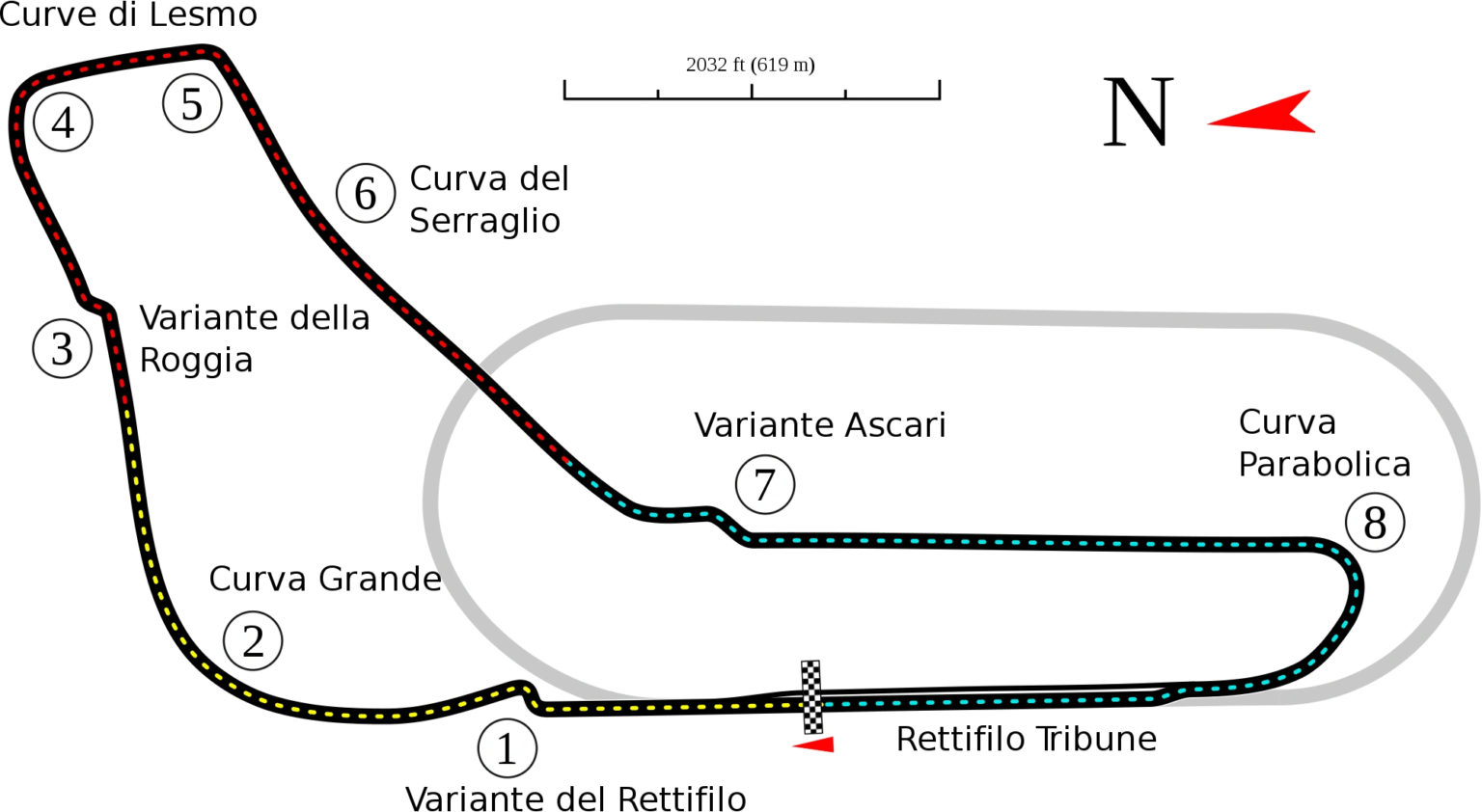
Prominent F1 Teams
Mercedes-AMG Petronas F1 Team
Mercedes-AMG Petronas F1 Team races at the top in Formula 1. They work hard and make fast cars. The team has won many constructors’ championships. Fast drivers like Lewis Hamilton drive for them.
He has fought for titles and won a lot of races.
Their cars use the most tech to be quick around the track. Mercedes is known for being smart with their strategies during races, too. Fans of F1 see them winning a lot because they do things well on race days and plan out everything perfectly.
Scuderia Ferrari Mission Winnow
Just like the Mercedes-AMG team sets high standards, Scuderia Ferrari Mission Winnow is another giant in the racing world. With a legacy that goes back to the very beginning of Formula One, they are the most famous and successful team in F1 history, but they have struggled greatly in the last few years.
The team’s cars, painted in their iconic red color, have won countless races.
Scuderia Ferrari doesn’t just build fast cars—they create legends. Great drivers like Juan Manuel Fangio and Sebastian Vettel have raced for them.
Red Bull Racing Honda
Red Bull Racing Honda zooms around the track with power and style. This team is all about speed, smarts, and breaking records. They are my chosen team and Max is my driver…Go Max!
People from all over watch their drivers like Max Verstappen race in many Grand Prix events.
Their cars have special parts to cut through the air better and engines that save energy for an extra boost of speed. Red Bull Racing Honda has become a big name in F1 racing and has become the dominate team in last several seasons. I like winners.
McLaren
Just as Red Bull Racing Honda has made its mark, McLaren stands out with a history of success. This team began racing in F1 over fifty years ago and has won many championships since then.
This is my daughters team and Lando Norris is her driver. She even got a McLaren sweatshirt and orange is really not her color.
With their distinct orange and blue cars, they are easy to spot on the track.
McLaren works hard to build fast and advanced cars for their drivers. They use top-notch technology to make sure their cars have the speed they need to win races. The team also has skilled people who plan smart strategies for each race.
Fans, including my daughter, know McLaren for being one of the best teams in Formula 1 history.
The Last 10 Years: Winning Teams and Drivers
2023 – Max Verstappen, Red Bull Racing Honda
2022 – Max Verstappen, Red Bull Racing Honda
2021 – Max Verstappen, Red Bull Racing Honda.
2020 – Lewis Hamilton, Mercedes-AMG Petronas Formula One Team.
2019 – Lewis Hamilton, Mercedes-AMG Petronas Motorsport.
2018 – Lewis Hamilton, Mercedes-AMG Petronas Motorsport.
2017 – Lewis Hamilton, Mercedes-AMG Petronas Motorsport.
2016 – Nico Rosberg, Mercedes-AMG Petronas Motorsport.
2015 – Lewis Hamilton, Mercedes-AMG Petronas Motorsport.
2014 – Lewis Hamilton, Mercedes-AMG Petronas Motorsport
The Role of Technology and Innovation
In the pulse-racing realm of F1, technology and innovation are not just buzzwords—they’re the lifeblood that propels teams to breakneck speeds and astounding victories.
It’s a theater where engineering prowess meets cutting-edge science; every race is a testament to human ingenuity, pushing the very limits of what these high-octane machines can achieve on the track.
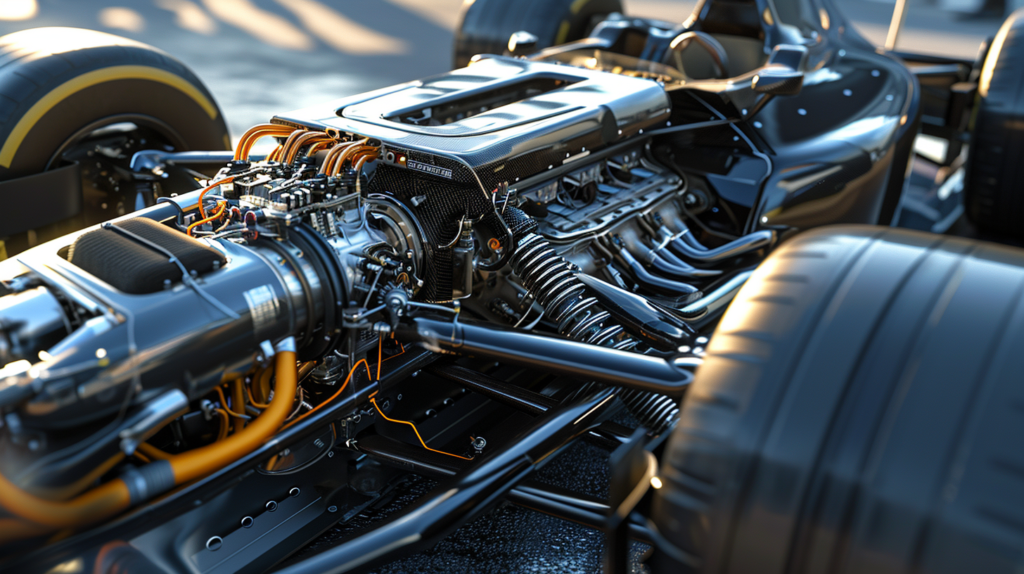
Constant evolution and development in F1
Formula 1 is like a fast-moving machine, always changing and getting better. Teams and engineers work hard to make their cars faster, safer, and more powerful. They use the latest tech to find small improvements that can lead to big wins on the track.
It’s not just about being quick; it’s also about smart ways to save energy and use it again during a race.
This can be seen in the active suspension system, that allows a car to adapt its suspension dynamically to changing conditions, improving handling and stability.
The advanced aerodynamics features intricate aerodynamic designs, including front and rear wings, diffusers, and bargeboards, to manage airflow, reduce drag, and increase downforce for better grip and speed.
Cars get new designs often. This keeps teams on their toes, looking for the next edge over rivals. Rules from FIA guide these changes, making sure all teams have a fair shot at success.
With each season comes fresh ideas that push what we know about speed and racing even further.
Pushing the boundaries of engineering and design
F1 cars are the superheroes of racing machines. Each one is a high-speed lab on wheels. Engineers and designers work hard to make them super fast and safe. They use space-age stuff like carbon fiber to keep them light but strong.
To ensure safety of drivers, the Halo Safety System was designed. The halo is a protective barrier around the cockpit that helps protect the driver’s head from debris and impact.
Engineering marvels may be found in the Hybrid Power Units. F1 cars use hybrid powertrains that combine traditional internal combustion engines with electric power, enhancing efficiency and performance.
Teams are always finding new ways to get ahead, from tweaking aerodynamics for better downforce to using data and tech in smart ways during a race. It’s all about getting every last bit of speed out of these amazing cars while sticking to the FIA rules.
Conclusion
Formula 1 racing offers a compelling blend of speed, technology, and human skill, making it a captivating sport for beginners to explore. At its heart, F1 is about being the fastest to cross the finish line, but this simplicity belies the depth and complexity of the sport.
F1 is not just about the drivers and their cars; it encompasses a world of strategic thinking, teamwork, and continuous innovation.
For those new to F1, understanding the sport involves appreciating the intricate dance between cutting-edge technology and the immense skill of the drivers.
Each race is a high-stakes challenge, where teams must balance speed with strategy, often making split-second decisions that can mean the difference between victory and defeat.

The technology used in F1 cars is at the forefront of automotive innovation, influencing even the cars we drive daily. The rules and regulations of F1 are equally intricate, ensuring fair play and safety in a sport where the risks are as high as the speeds.
As a beginner, delving into F1 can be as thrilling as it is rewarding. It’s a sport where each race writes a new chapter in a long history of human endeavor, technological mastery, and sheer passion for speed. Whether you’re drawn to the excitement of race day, the drama of team rivalries, or the marvel of engineering excellence, Formula 1 has something to offer everyone.
Hopefully, my daughter and I can get out of the hot tub and get to a F1 race this year. Its not cheap, the Miami Grand Pix tickets in May of 2024 averages about $1000-$2000 for a 3 day pass. Maybe I will see ya there. Lights out!
Facts to make you sound like you are a F1 expert
Origins of F1: The iteration of Formula One we know today began in 1946 at the Turin Grand Prix in Italy.
Viewership: The sport is viewed by nearly 500 million people annually.
Car Complexity: Each Formula 1 car is made up of over 80,000 components.
Incredible Acceleration: F1 cars can accelerate from 0 to 100 km/h in just about 2.6 seconds.
Cost of an F1 Car: A modern F1 car can cost around $7 million.
Engine Usage: The engine becomes non-functioning and has to be replaced approximately every 5 races.
Deaths: 52 F1 drivers have died while racing.
Versus NASCAR: F1 cars are significantly faster than NASCAR racing cars.
Gas: An entire race can be run on 1 tank of gas. Refueling was banned by the FIA in 2009
Aerodynamics: F1 cars generate such a significant amount of downforce that theoretically, they could drive upside down in a tunnel at high speeds.
Most Wins: Lewis Hamilton(103)



